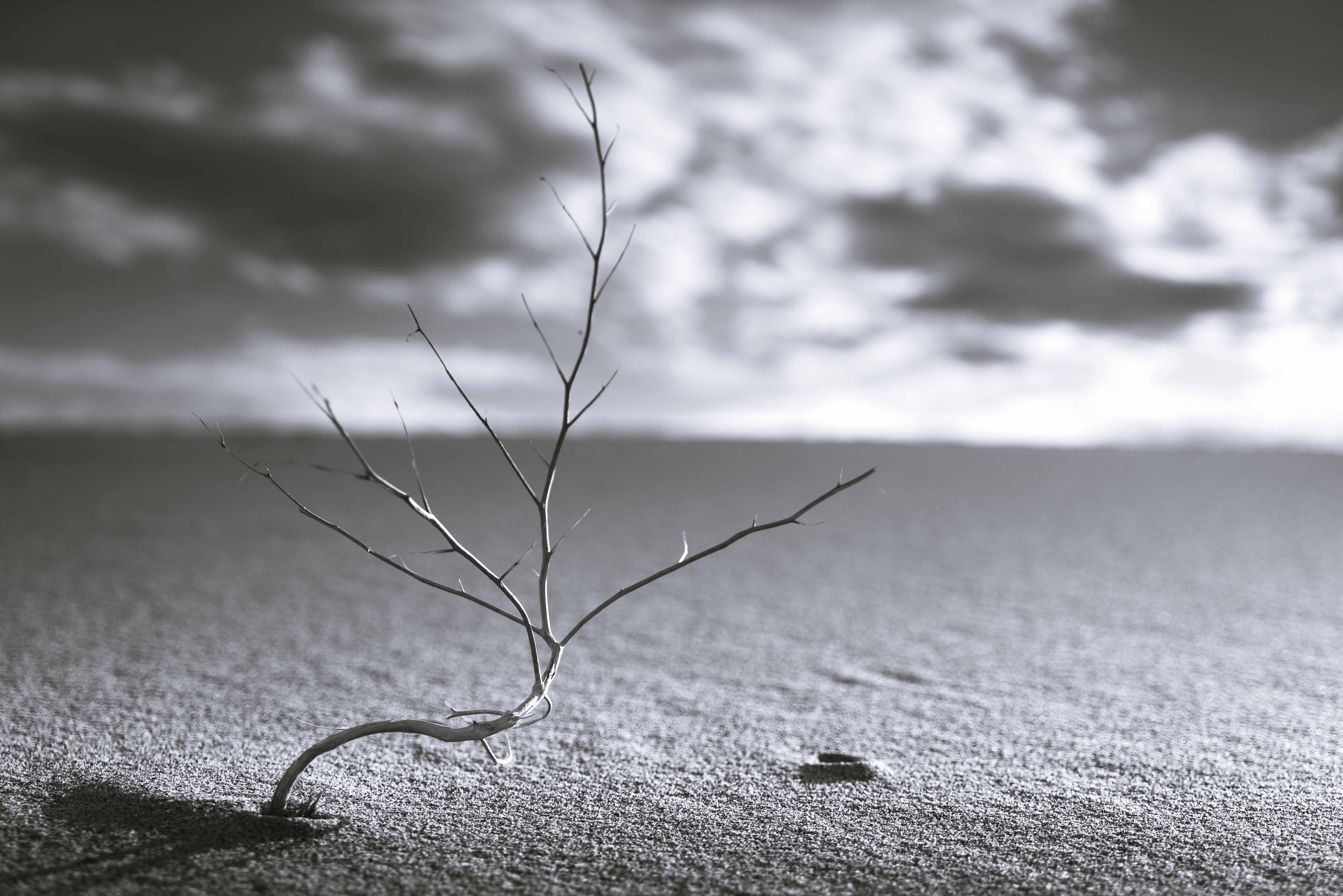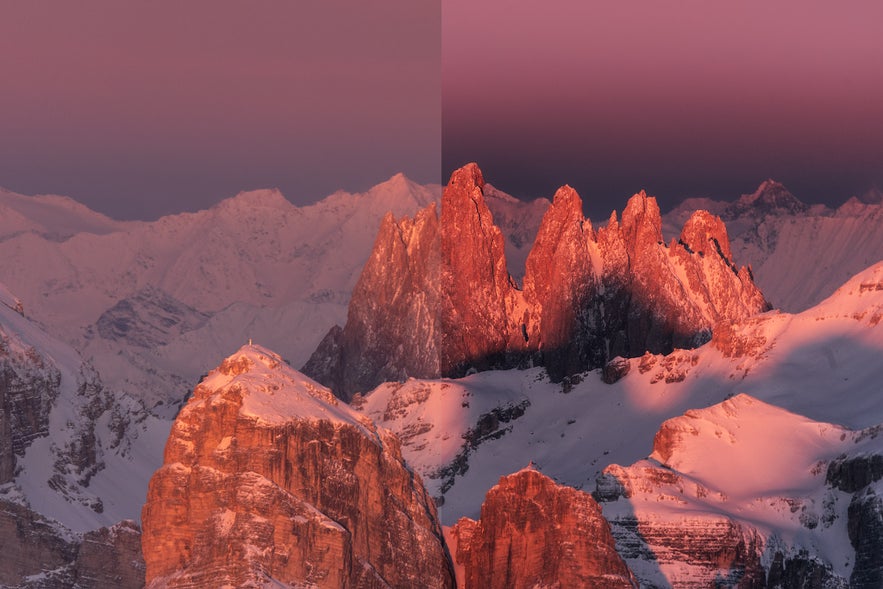
Ah, the RAW vs JPEG debate. Talking about which image format is better to use in digital photography is a bit like discussing which lens is better between a 14mm and a 500mm, or whether a mirrorless camera is better than a reflex. It's one of those arguments that will never leave the table of passionate photographers and will lead to ongoing friction.
- Check out the A Beginner's Guide to RAW vs JPEG in Landscape Photography
- Explore these articles on Landscape Photography
Every photographer has learned through trial and error which image format works better for themselves. For some of us, it will be JPEG while for others, it will be RAW. There's no absolute winner, nor is there an absolute loser: each of the two formats has its own advantages and disadvantages.
This article is for photographers who are groping around blindly in the darkness and don’t know yet which image format will best suit their needs. I'll try my best to help you to “find the light”, which will no doubt save you from a lot of miserable failures. So without any further ado, let's take a look at the pros and cons of the two main image formats: RAW and JPEG.
What is a JPEG File?
By definition, JPEG files are one of the most popular and commonly used lossy formats for digital images.
Now, I’d like to focus your attention for a moment on the word, “lossy”. What does that mean? Technically speaking, lossy is a file compression method where the camera processor (or computer processor) inaccurately approximates through complex algorithms some data lacking in the original image, in order to reduce the size of it.
 Left is JPEG straight out of camera Right is JPEG after the image has been saved again in post processing software. Photo by: 'Leonardo Papèra'.
Left is JPEG straight out of camera Right is JPEG after the image has been saved again in post processing software. Photo by: 'Leonardo Papèra'.
To give you a better idea of what I’m talking about, take a look at the photo above. It may be difficult to see but these are two different images, separated by a vertical line in the middle. On the left side, you can see the JPEG file as it was when I downloaded it straight out of my camera. On the right, you’ll see it saved with 0% quality through editing software on the computer.
As you’ll clearly notice with the artefacts in the background, the file that came out of my camera appears to be way more refined and sharper than the file saved at the computer. The camera file was almost 9 megabytes though, while the computer one weighed in at just 41 kilobytes! That’s quite a huge difference if you ask me.
You may be wondering how it is possible for such a big gap to occur in terms of file size, even though both files are JPEGs. The answer is easy: it’s the compression level that changes between the two pictures. With the JPEG that came out from the camera, very low compression was applied to maintain as many details (and quality) as possible. With the computer-compressed file, I decided to apply a really high compression in order to save as many megabytes as possible, which sacrificed the quality.
In the image below, you can find another example of different compression levels.
 Different compression levels on left and right with JPEG. Photo by: 'Leonardo Papèra'.
Different compression levels on left and right with JPEG. Photo by: 'Leonardo Papèra'.
On the left is the JPEG straight out of the camera, while the right is a low quality computer file. In case you are wondering: yes, while I was shooting puffins, I changed the file format settings by mistake.
Now that you know what a JPEG file is, let’s talk a bit about its pros and cons!
- See also: Best Cameras for Beginners in 2020
Advantages of Shooting JPEG
One of the main things that makes JPEGs preferable when compared to RAW files is the fact that you don’t have to do any post production on them, since they’ll come out from the camera ready to be shared or published. However, don't get caught up in the belief that JPEGs are not edited. Rather than you having to edit them yourself, they are edited by the camera processor instead. If you go into the settings of your camera, you might be able to change some very basic parameters of the in-camera editing process, such as saturation and contrast.
Anyway, as I was saying, you won’t have to apply any corrections to JPEGs. As such, they make a perfect fit for photographers who don't have time to edit their pictures but who still need to send them immediately to publishers or share them instantly online. Press photography, sports photography and documentary photography are a few of the examples that come to mind.
Another pro of shooting JPEG are the dimensions of the images. Full size JPEGs from my camera are just 8 megabytes, while a RAW file containing a similar amount of details can be almost 50 megabytes. As I showed you earlier, you can reduce the size of the JPEG even more.
As you can see, JPEG is a way lighter format, so it’s easier and faster for photographers to share these files.
Disadvantages of Shooting JPEG
For some photographers, the advantages that I’ve listed above may sound like disadvantages.
The fact that you can’t post process JPEG files is a huge limitation for many photographers, since some photography genres naturally require a good amount of post production in order to get the photos ready to be printed or published. Portrait photography, landscape photography and wedding photography are some of the genres that generally require more editing work.
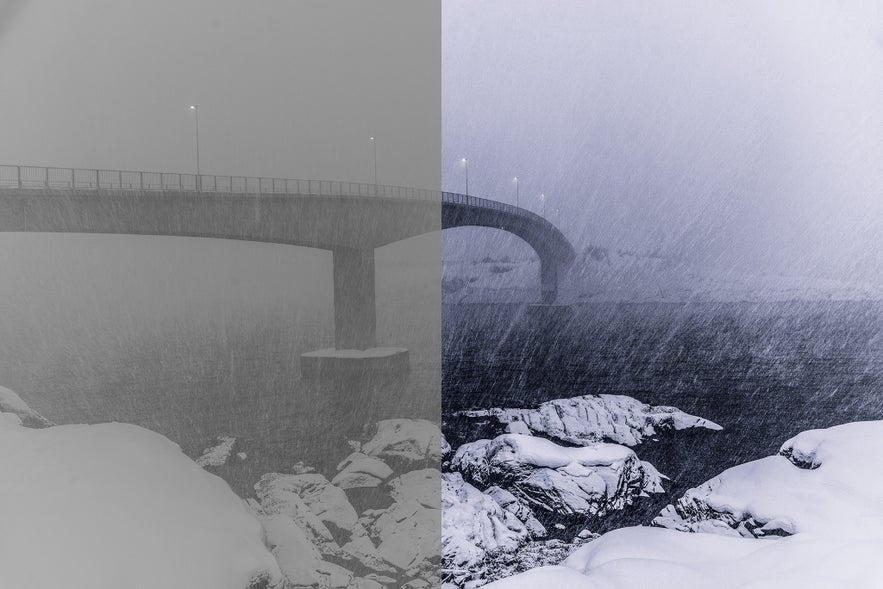 More detail is retained in a RAW file than a JPEG. Photo by: 'Leonardo Papèra'.
More detail is retained in a RAW file than a JPEG. Photo by: 'Leonardo Papèra'.
As you can see, a JPEG’s most important advantage is also the format’s biggest flaw.
A part from the editing limitation, JPEG files will also be slightly worse in terms of quality: since it’s a lossy format, which means it is compressed with some quality loss, you won’t achieve the same level of detail that is present in a RAW file. I used the word “slightly” because unless you are really checking the image pixel by pixel, this loss will barely be visible. This is also why I consider the flaw to be a relatively small one.
What is a RAW File?
A RAW image is a file that hasn’t been subject to any data editing, of any kind. RAW files need to be post processed in order to be publishable, printable or even just usable.
There are many RAW-developing programs (both free and paid) which you can download online to work on your camera files. Due to the similarities to film photography, some photographers refer to RAW files as the “negatives” of digital photography.
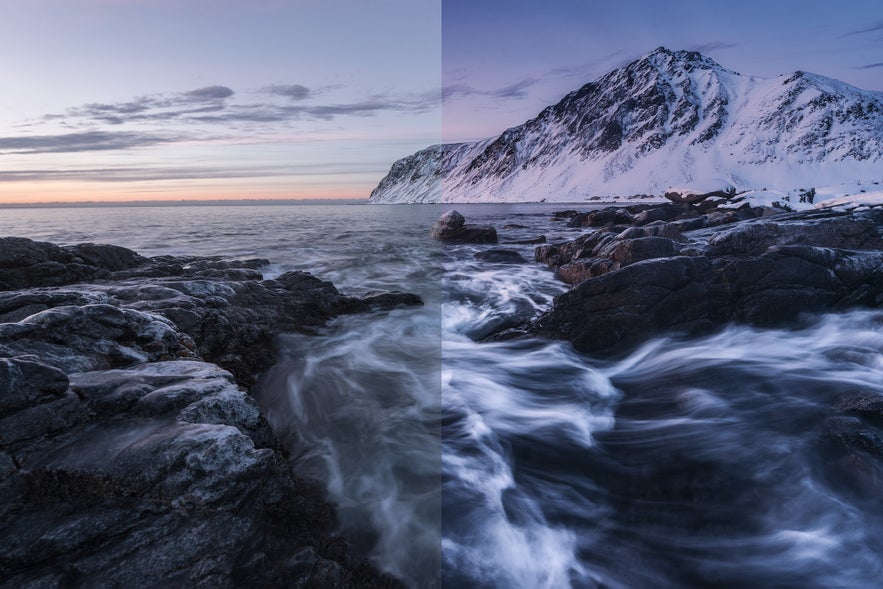 RAW files are not a lossy format. Photo by: 'Leonardo Papèra'.
RAW files are not a lossy format. Photo by: 'Leonardo Papèra'.
As opposed to JPEGs, RAW files are not a lossy format. You can choose either to save your RAWs with no compression at all or with lossless compression. If you select the “no compression” option, you’ll get the full size RAW file, which will probably weigh a huge amount of megabytes fill up your memory cards in no time. On the other hand, if you go for the “lossless” compression option, the camera will reduce the weight of your RAW files considerably by packing all the image details in less space.
Even if you save with lossless compression, all of the details will still be there when you open your RAW file again with specific software. The main difference between the two different types of compression is just the file size and nothing else. For this reason, I truly recommend that you go for the lossless compression, since you’ll be able to save a ton of space on your hard drives and memory cards whilst still getting all of the juicy details in your pictures!
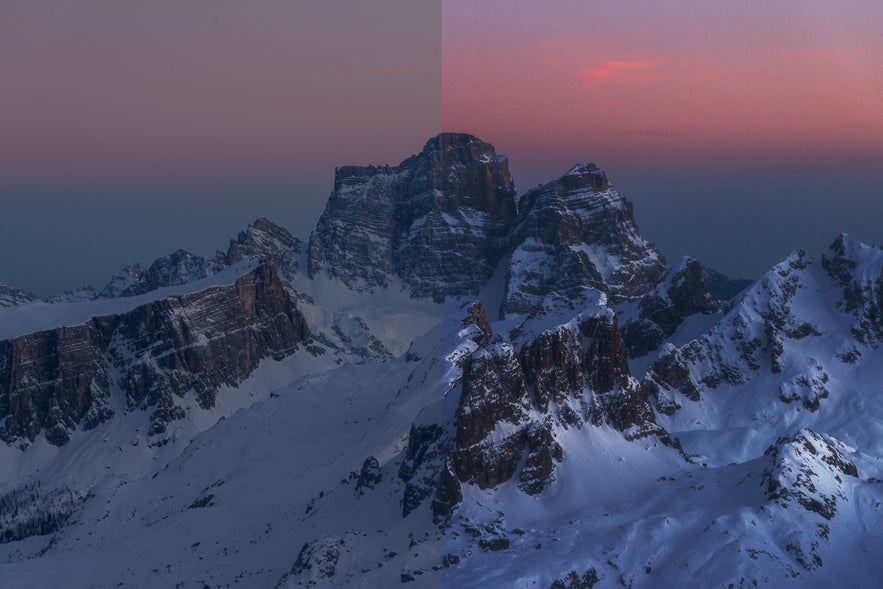 Left is lacking contrast and vibrancy. Right is after basic edits. Photo by: 'Leonardo Papèra'.
Left is lacking contrast and vibrancy. Right is after basic edits. Photo by: 'Leonardo Papèra'.
The photo above is a good example of a basic RAW file versus the final result after editing. As you can see, the left side is lacking contrast, vibrancy and even the more basic editing like highlights and shadows adjustments. On the right side, you can see how I made all those details and colours pop out a little bit more.
Obviously, this is my personal way of editing – some of you will like it and some of you won’t. The important point here is that you will have full control over the adjustments that you want to apply when shooting in RAW.
Advantages of Shooting RAW
Let’s start with the RAW file's biggest advantage: the fact that you can work on your pictures with post production software.
Whether you like it or not, post production is a crucial part of photography, especially if your aim is to improve the look of your pictures. Unless you are on a really tight schedule, you should dedicate a good amount of time to working on your pictures at the computer after you take them out in the field.
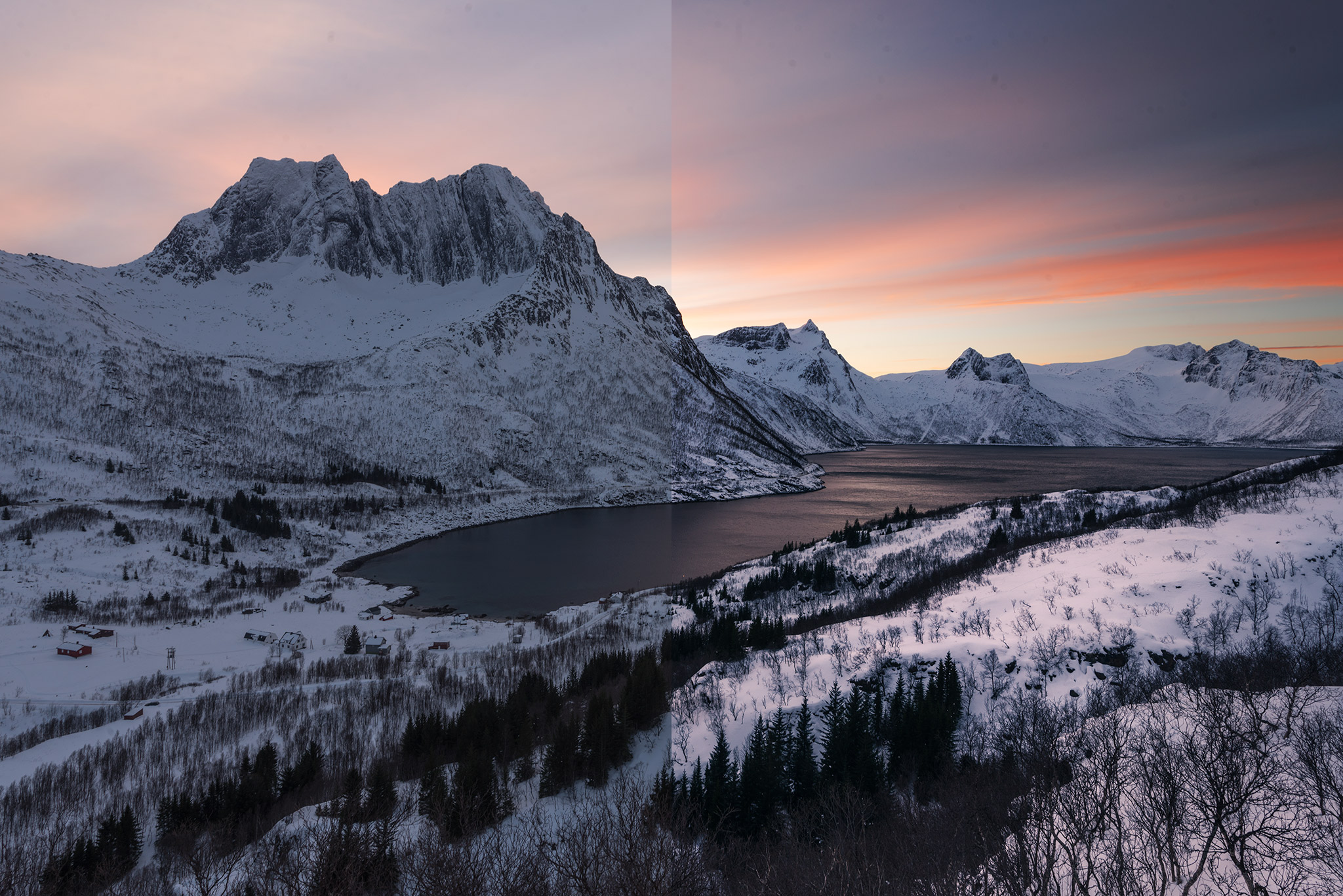 Image quality is higher when you shoot in RAW. Photo by: 'Leonardo Papèra'.
Image quality is higher when you shoot in RAW. Photo by: 'Leonardo Papèra'.
Another important advantage of shooting in RAW is the image quality: I’m not talking about the sharpness of the image, but about the amount of details preserved in the shadows or the highlights. Since JPEGs are compressed files, some of these details will be lost during the compression process. When shooting in RAW, you won't lose any details as you won't be compressing the file (or you'll just be compressing it without any loss).
Starting your processing from a RAW file will give you the chance to recover way more details in some parts of the frame when compared to a JPEG file.
Disadvantages of Shooting RAW
The fact that you can’t use your RAW files unless you apply some kind of editing to them is a double-edged sword. It means that you'll have to spend a lot of time behind the computer. Some photographers need to be able to use their photos right away after they take them in the field, so post production becomes irrelevant. In these cases, there will be no reason to shoot in RAW.
 RAW is a heavy file format. Photo by: 'Leonardo Papèra'.
RAW is a heavy file format. Photo by: 'Leonardo Papèra'.
Also, let’s not forget the fact that even if you use the lossless compression on RAW files, they will still be quite heavy in terms of megabytes; at least, they’ll be much heavier than any identical JPEG file. If you decide to shoot in RAW, you will need to adapt all your storage (memory cards, hard drives, etc) to work and load a big amount of data in a relatively small amount of time – that is, if you don’t want to spend hours loading files.
When to Use RAW vs JPEG
Try telling a press photographer to use RAW files by creating an argument about how the RAW file format keeps better detail in the shadows. They'll probably laugh at you in the face, since there won't be any point for them to waste time in post production. The public just wants to see pictures related to the news with no artistic editing.
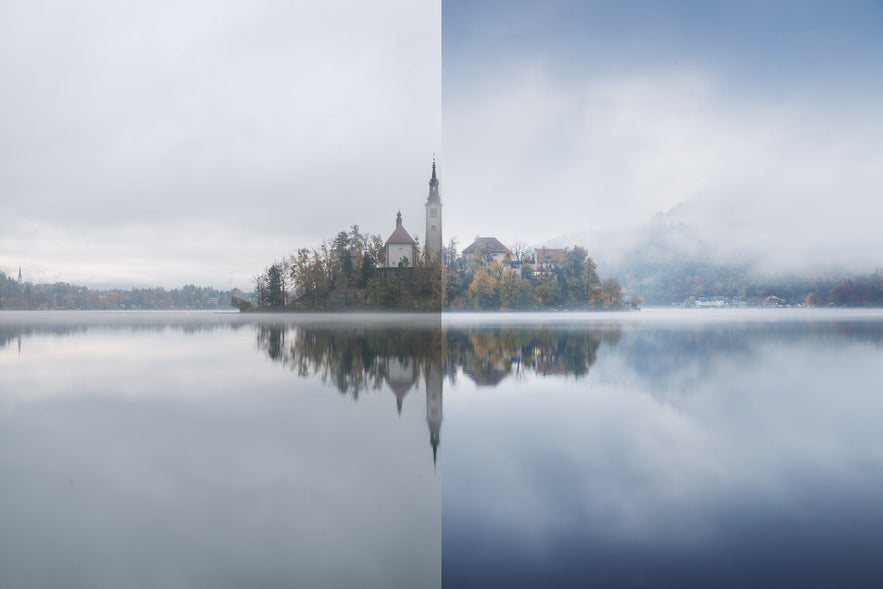 RAW is good for landscape photography. Photo by: 'Leonardo Papèra'.
RAW is good for landscape photography. Photo by: 'Leonardo Papèra'.
Now, try to tell a portrait photographer to use JPEG files and tell them about the advantages of handling small files without having to deal with post production. Again, they'll probably laugh at you, since they'll need to retain all of the possible details from their RAW files in order to fix skin imperfections and other possible flaws. They might also want to add a personal touch of style to the pictures, so editing will give them the artistic freedom that they need.
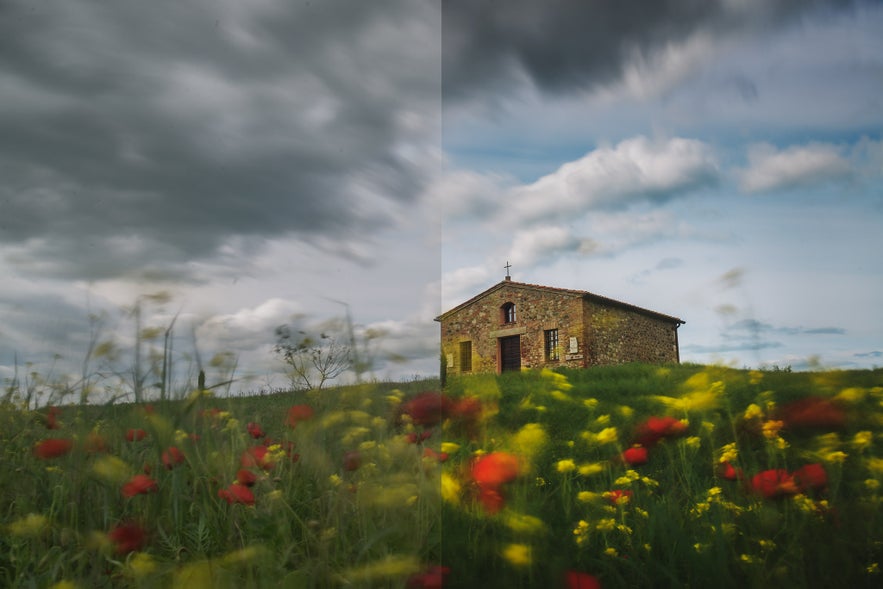 Consider how much time you have for editing before you commit to shooting in RAW. Photo by: 'Leonardo Papèra'.
Consider how much time you have for editing before you commit to shooting in RAW. Photo by: 'Leonardo Papèra'.
As you can see, there are two main variables that come to play when you have to make a choice between shooting in RAW or JPEG – namely, time and purpose. With little time and no artistic purpose involved, I’d go for JPEG. With a lot of time and some kind of artistic purpose, I’d much prefer to work with RAW files.
Conclusion
As with many other things in photography, there’s no one size that will fit all. Both JPEG and RAW file formats are great and can be the best choices for a wide range of situations; it all depends on the type of pictures that you intend to produce.
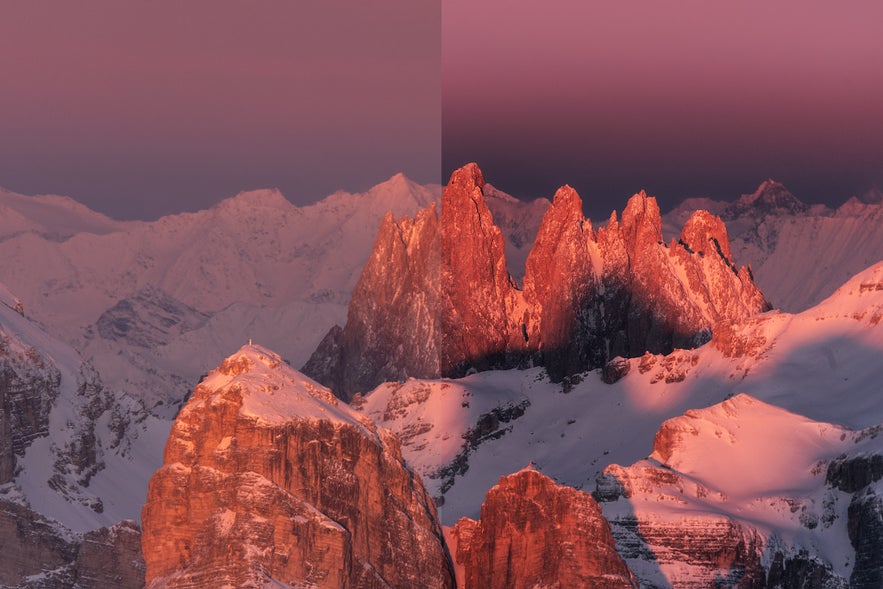 RAW vs JPEG – which is best for you? Photo by: 'Leonardo Papèra'.
RAW vs JPEG – which is best for you? Photo by: 'Leonardo Papèra'.
I sincerely hope that I've given you a bit of insight into the pros and cons of each file format, so that you’ll be able to make a wiser choice the next time that you have to choose between shooting JPEG and RAW.


